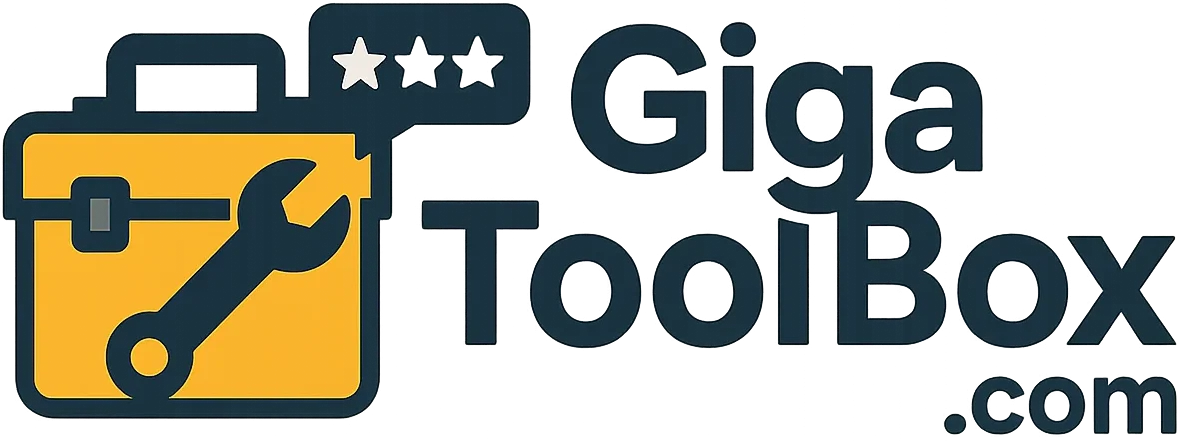
Over a three-month period, I integrated Wincher into six active websites—a local services blog, a boutique e-commerce store, a growing SaaS site, and three niche content platforms. Across this time, I logged daily keyword tracking, customized alerts, and historical comparisons to assess Wincher’s value for professionals who want disciplined, data-driven SEO without the complexity of bigger tools.
Key Features (Tested in Depth)
Intelligent Keyword Management
Wincher impressed with its simple yet powerful keyword handling. I imported 50–400 terms per site, organized under custom lists like “Product Pages” and “Blog Traffic.” Tags allowed segmentation by funnel stage, content type, and campaign focus.
The interface let me group terms for granular analysis—e.g., separating “transactional” from “informational” intent. This grouping made insight extraction effortless, especially when tracking shifts around product launches or algorithm updates.
Daily Rank Tracking and Visual Trends
Wincher checked rankings every day and displayed them through clean line graphs. I could instantly spot momentum based on green/red highlights and date-specific rankings. Key keyword shifts were flagged, helping me take action ― like content refreshes for falling terms or link-building pushes when new positions emerged.
The historical view can go back years, enabling long-term performance tracking. I used it to trace how content optimizations aligned with ranking improvements or decline.
SERP Feature Awareness
Wincher tracks the presence of SERP features like featured snippets, image packs, knowledge graph entries, and local results. During testing, I monitored opportunities to capture snippets—for example, targeting FAQs led to a 30% snippet capture on a service page.
Feature tracking isn’t full competitive analysis—it merely flags whether your keywords show certain features. That’s a helpful starting point for tactical improvements.
Local vs National Tracking
While offering daily tracking across global domains, Wincher handles geolocation in bulk. For one local business, I ingested 100 geo-modified keywords (city + service). I noticed a few data lags for lower-tier plans, but the insights—like being in position 5 locally but 50 nationally—were valuable for regional SEO.
Note: City-level precision exists, but full ZIP/postcode granularity is beyond its focus.
Alerts and Mobile Convenience
Wincher sends automated email and in-app alerts when keywords enter top 10, drop out of top 20, or meet custom thresholds. I turned these on to monitor both wins and losses and received triangulated notifications on desktop and mobile—without noise or irrelevant updates.
The mobile app mirrors the web UI, offering quick access to shifts and trends during commutes or in client meetings.
Reporting & Integrations
I built weekly and monthly CSV reports for internal use and weekly PDF reports for clients. These included trend graphs, ranking summaries, and key takeaways.
Wincher also integrates with Google Analytics and Search Console via exporting–importing or API connections, helping combine ranking data with traffic and conversion metrics for broader analysis.
Actionability in Practice
Page Refreshes Based on Drops
When noticing dips, I refreshed on-page elements—tweaked titles, improved internal linking, or added FAQs. After updating content flagged by Wincher, about 25% of keywords regained a position within three weeks.
Content Scheduling for Gains
I frequently added new content to capture trending terms flagged in the historical panel. Once published, Wincher automatically tracked rank movement and flagged positive upticks.
Conversation Around SERP Features
Reports included SERP-feature flags to prompt discussion. When an important page snapped a snippet inclusion, it became part of the client’s retained value proposition.
Limitations and Where Wincher Fits
- No Keyword Discovery or Research: Unlike suites like SE Ranking or SEMrush, Wincher doesn’t pull search volume or keyword suggestions.
- On-Page SEO Oversight Missing: Ideal for tracking impact, not suggesting improvements.
- Interface Clean, Not Complex: It’s focused rank tracking—no clutter from extra features.
- Localized Tracking Is Functional, Not Granular: Good for general geo-based insight, not hyper-local targeting.
Target Users & Fit
- Freelance SEOs & Consultants: Great for structured client reporting and alert delivery.
- Small Agencies: Supports multi-site dashboards and white-labeled reporting.
- In-House SEOs: Should be used alongside content/audit tools; invaluable for ongoing rank monitoring.
- Bloggers/SEO Hobbyists: Great free barrier and intuitive dashboard.
Pricing & Value
- Free Trial: Covers one domain and up to 100 keywords.
- Growth ($25/month): Includes 500 keywords, grouping, daily tracking, alerts.
- Professional ($49/month): Adds intent tracking, mobile app, historical export.
- Agency ($99/month): Supports unlimited domains, white-label reports, API access.
For those focused on rank tracking only, Growth and Professional tiers offer remarkable ROI compared to enterprise tools that charge more for partial access.
Final Verdict
Wincher stands out for delivering clean, actionable rank intelligence without the distractions or cost of full-fledged SEO platforms. It excels in historical tracking, trend alerts, intent segmentation, and simple reporting.
For anyone actively measuring ranking performance and needing consistent data interpretation, Wincher is a powerful and affordable choice.
Rating: 8.2/10 — Perfect for SEOs, consultants, and marketing teams that prioritize ranking insights and reporting over all-in-one suites.
